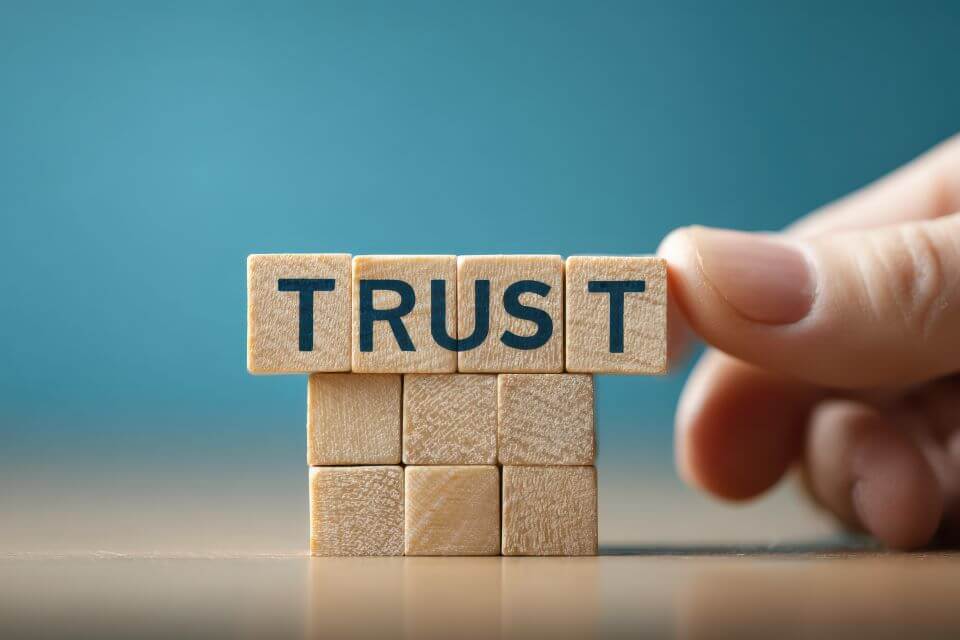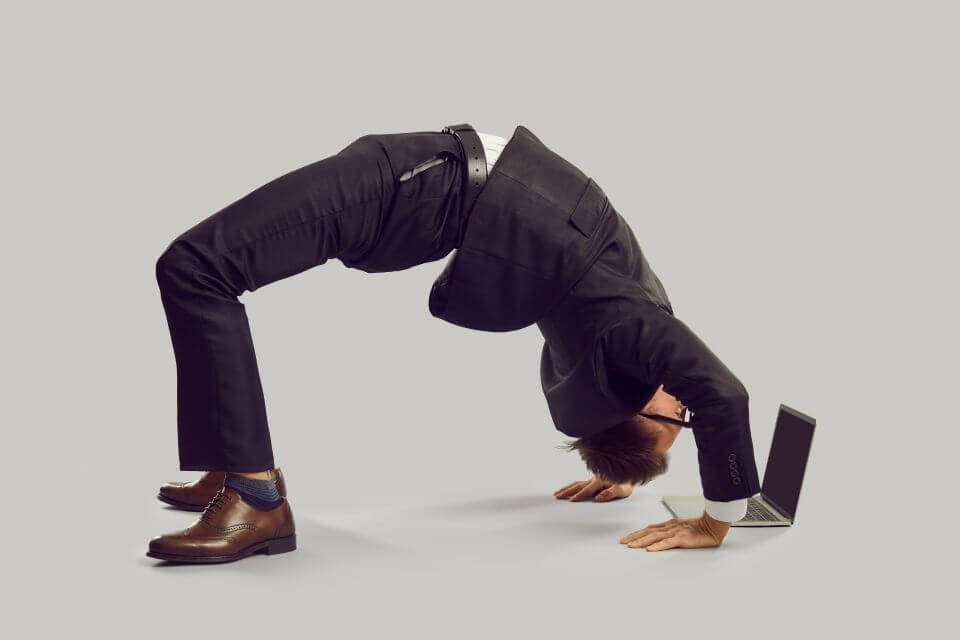You already know that one of the best strategies for improving your SEO ranking within Google is to build up your content. More content means more pages for Google to rank.
But Google also likes to see depth on a site. It wants to see links that take you from one page to the next. It wants to see that people use those links to move to different locations within your site.
Most companies focus in on backlinks – links that connect you to other websites. But internal linking is equally important.
Think for a moment about your homepage. How do you get people to take action? You provide internal linking to help them click and get where they want to go.
Internal links provide a hierarchy for someone to follow. It creates a deeper, richer experience for anyone that comes through to your site.
Sounds easy, right? However, like every part of a good SEO strategy, there’s a right and a wrong way to carry this plan out.
Create Your Site Structure First
You’ve heard of a site map, haven’t you? A site map is designed to help both users and search engines navigate a website. It’s a hierarchical list of all a site’s pages, organized by topic (with links, of course.) Think of it as an instructional tool that takes a search engine “by the hand” and leads them throughout your site.
This hierarchy cannot be created in a hodgepodge way.
Have you ever been on a site that had dozens of categories in the navigation? Or on a site where you click and click and click trying to get to the crucial information you’re looking for?
Most users stop when they discover the navigation doesn’t make sense. A good rule of thumb is that if it takes you more than three clicks to get where you’re going, it’s time to reorganize your hierarchy.
When Google ranks a website, it uses crawlers to navigate throughout the site. It uses hierarchy to determine the importance of each page. If it takes too many clicks to navigate to a page, it assumes it’s low in importance.
Your homepage and other top level content pages will have top priority, with each click below losing a level of authority. One or two clicks to make it to your blog content means it will have more meaning in your SEO strategy. Ten, twelve, or fourteen clicks means it has little consideration at all.
This is a two-way strategy. You should always give your user an easy navigation, which in turn will make the search engines happy too.
Never Stop Producing Content
Once you have your site structure created, the best way to continue to optimize it is to continue to produce high quality content. Content gives you more to link to. It makes it easier to get specific with the things you do. It creates ways to give users what they want and desire.
What should you be producing?
- Blog posts
- How to guides
- Free reports
- Ebooks
- Videos
- Tutorials
- Infographics
The list goes on and on. Depending on what business you’re in should dictate the best direction for you. Depending on what your customers want will determine the best piece of content you can offer.
Millennials love to watch video – that may be the perfect way to gain their attention.
Yet if your target market is primarily over 65, you might do better with how to guides.
Only you can determine what’s right for your business and for your audience. But play with it. It may surprise you what works the best for user experience.
And with every piece of content you create, you have the ability to use them for internal links.
Pages with more internal links get crawled more than others. But only if they continue to be high quality. Never compromise on quality for the sake of getting more content on your site.
Dig Deeper
Do Your Landing Pages Do All This?
How To Become Successful In A New Marketing Channel
Link To The Correct Pages
One of the biggest mistakes web creators make is to take the lazy way out, and link everything back to the home page.
Remember, your site is built on a hierarchical scale. Your homepage has top priority. Every click brings you down a level in importance.
If you build a new piece of content and link it back to the homepage, you’re defeating the purpose of having a robust internal linkage strategy. These links don’t add any more to your importance, because the search engines already consider the homepage as top authority.
Instead, you should be creating links to allow people to dive deeper into your site. This will improve your site’s value, and create a stronger experience for your users too.
Don’t forget about older pages on your site too.
Updating old content means going back and filling in internal links where it makes sense. It’s a great way to breathe new life into old content that Google might not have pulled up in a while.
Plus, adding these to new content means your visitors will find more value in what they’re reading.
Don’t just link; add new content to old posts too. Invariably, things have changed since you created your very first posts. Add a note you’ve updated it. Correct the content, if needed. Add a new paragraph to provide more details. When you add a note and a date, it lets anyone who lands on the page know that you care about content quality.
Pillar Content
Which leads us to creating the pillars of your site. Pillar content is the main categories of what you do.
Let’s say you’re a plumber. Pillar content would be things like:
- Water heater maintenance
- Sump pump care
- Low flow bathroom fixtures
- Indoor air quality
To name but a few.
Think of these as your starting point with your content. They give everything else you create structure.
Think of how many things you could create about low flow bathroom fixtures.
- Low flow toilets
- Low flow showerheads
- Low flow faucets
You can continue to dive deeper by getting into specifics – how about makes and models? Or how to make repairs? Or learning when it’s time to replace rather than repair?
Yes, the ideas are endless. And by using a pillar – a focus point to cluster your pages around, you’re able to put all the other practices we’ve talked about in this article together easily.
So, what’s your internal linking strategy? Do you have content to support deep diving on your site? If not, maybe it’s time.




